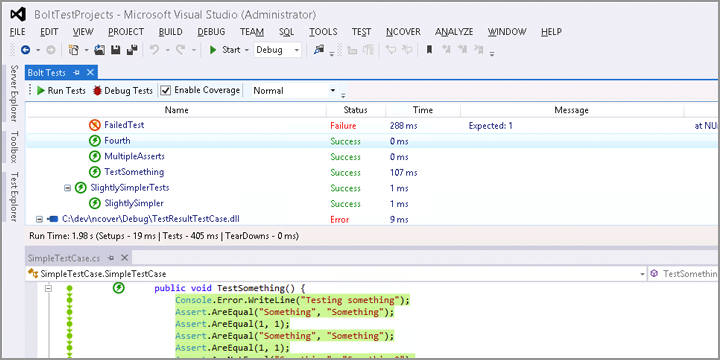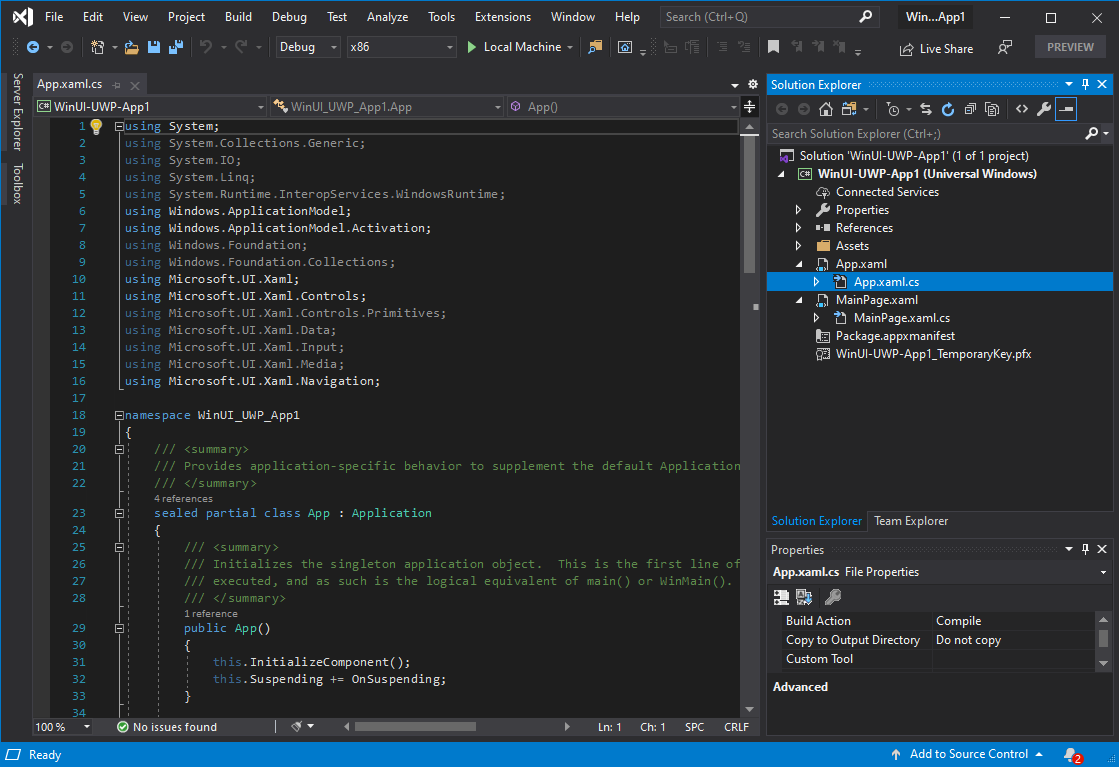

Exclusion filters take precedence over inclusion filters. Wildcards are allowed.Ĭlassfilters: '+*' # Optional list of classes that should be included or excluded in the report. Plugins: '' # Optional plugin files for custom reports or custom history storage (separated by semicolon).Īssemblyfilters: '+*' # Optional list of assemblies that should be included or excluded in the report. Can be used in future reports to show coverage evolution.

Historydir: '' # Optional directory for storing persistent coverage information. The source directories are used if coverage report contains classes without path information. Sourcedirs: '' # Optional directories which contain the corresponding source code (separated by semicolon). Reporttypes: 'HtmlInline_AzurePipelines Cobertura' # The output formats and scope (separated by semicolon) Values: Badges, Clover, Cobertura, CsvSummary, Html, Html_Dark, Html_Light, HtmlChart, HtmlInline, HtmlInline_AzurePipelines, HtmlInline_AzurePipelines_Dark, HtmlInline_AzurePipelines_Light, HtmlSummary, JsonSummary, Latex, LatexSummary, lcov, MarkdownSummary, MarkdownDeltaSummary, MHtml, PngChart, SonarQube, TeamCitySummary, TextSummary, TextDeltaSummary, Xml, XmlSummary

Targetdir: 'coveragereport' # REQUIRED # The directory where the generated report should be saved. Reports: 'coverage.xml' # REQUIRED # The coverage reports that should be parsed (separated by semicolon). To learn how to use ReportGenerator have a look at the: ReportGenerator converts coverage reports generated by coverlet, OpenCover, dotCover, Visual Studio, NCover, Cobertura, JaCoCo, Clover, gcov or lcov into human readable reports in various formats.


 0 kommentar(er)
0 kommentar(er)
